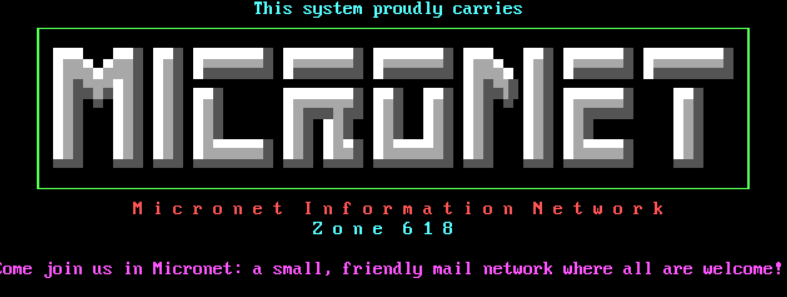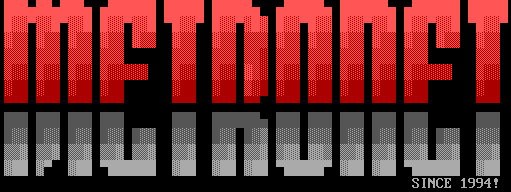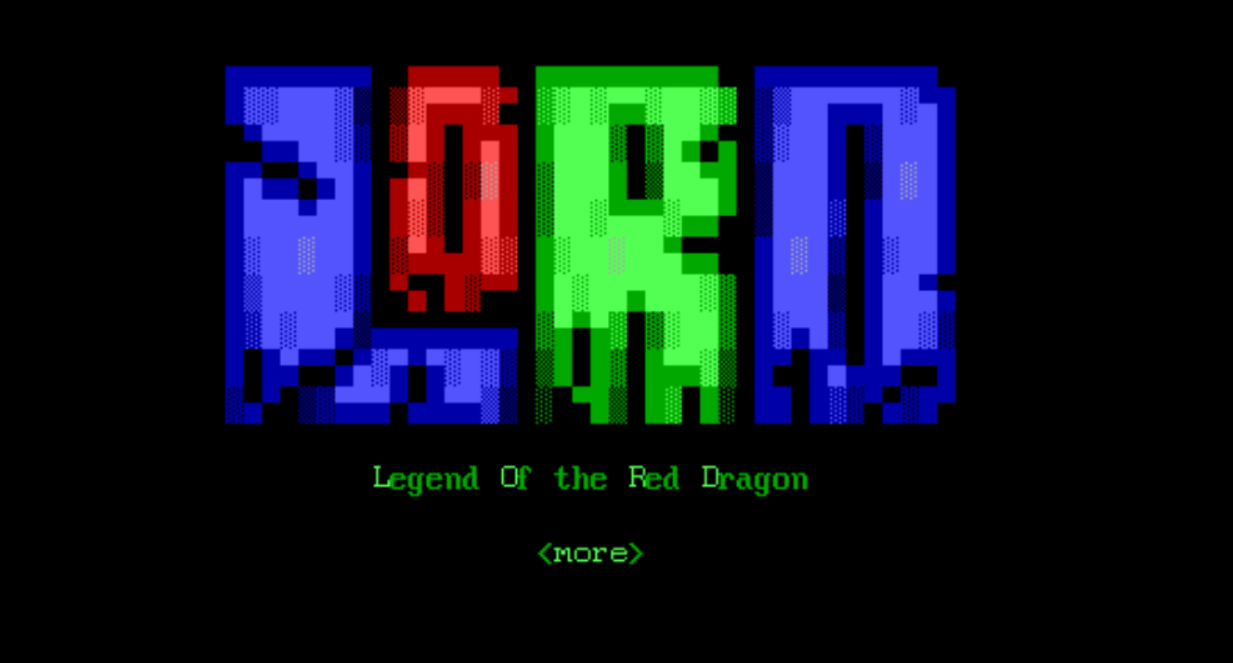Updated README file (1/2)
From
Nick Andre@618:500/24 to
All on Tuesday, August 09, 2022 17:24:24
Incase it was missed, the D'Bridge README has been updated specifically for newcomers:
SYSTEM REQUIREMENTS
-------------------
D'Bridge is primarily a 16-bit MS-DOS application, with additional support
for certain Windows and OS/2 environments. The possibilities may be near endless for computers but the following is a general guideline.
NOTE: References to Fidonet in these sections also apply to "Other Nets"
such as Micronet, FSX, Agoranet, etc.
CPU / MEMORY / HARD DRIVE:
The minimum requirement is DOS 3.3 and an "XT-class" PC or PC-compatible
such as an XT, AT, PS/2 or Tandy 1000 system. D'Bridge can run in 512k of memory but 640k is recommended. As of this writing there is somewhat of an interest by tech-enthusiasts for older or "retro" computers... judging from
the high prices for old hardware on a certain Internet auction site!
D'Bridge can run in 512k memory but performance may not be desirable. The environment variable DBOVRBUFSIZ=80 should be set when running with only
512k otherwise Echomail processing may be disabled.
Certain Tandy 1000 computers without VGA graphics can be upgraded to support 768k of base memory owing to their unique memory-addressing layout. D'Bridge will detect and use this extra Tandy memory if its available.
IBM XT's and first-model Tandy 1000's, Tandy TX/SX and EX/HX, or any such
class of older computer should have a Dallas SmartWatch or appropriate
"time chip" and fresh battery. Some add-on boards also install DMA services
for slightly better performance.
NOTE: The ClockSync functionality of D'Bridge is only recommended for these
older systems. On modern operating systems, please use Internet-
based time services, usually built-in and not necessary to set up.
If an EMS memory board and appropriate driver or EMM386 is installed, you
can obtain slightly better performance by setting the environment
variable DBOVREMS=Y. It is not necessary to set EMS settings on Windows
or OS/2.
The requirements for hard drive space is vague because this all depends on
the volume of mail being processed. It is impossible for me to guess how
much disk space you will need for storing Fidonet nodelists, packets,
messages or log files. A minimum installation should have at least 10 to 15 megabytes free. Busy Hub systems and large amounts of saved messages can require gigabytes of storage.
If a BBS or LAN network is to be used on MS-DOS, it is recommended to
load the Microsoft SHARE utility to enable proper file/record locking
services. Windows and OS/2 already have this capability.
A disk-cache utility such as Microsoft SmartDrive or Norton DiskCache may
help speed up operation when running on MS-DOS operating systems. Care
must be taken not to set the cache size too high otherwise there may not be enough memory for D'Bridge to run correctly.
If D'Bridge is to be handling large volumes of mail or forwarding for a lot
of downlinks, a Solid State Drive (SSD) or a "retrofitted" CF-flash adapter board is recommended over traditional hard-drives.
OPERATING SYSTEMS:
If the operating system chosen for installation is Windows, D'Bridge runs
on and supports Windows 95, 98, ME, Windows 2000, 32-bit Windows XP, Vista,
7, 8, 8.1 and 10. D'Bridge can run on Windows 2.x and 3.x however the BinkD subsystem may not function.
On 32-bit Windows 10, it may be necessary to enable DOS support via Control Panel, Programs and Features, Windows Components, Legacy Components,
NTVDM. It also may be necessary afterwards to run a command prompt, click Properties, and under Options click "Enable Legacy Console".
Windows 11, or any 64-bit Windows, and any Linux system will require an "emulator" since MS-DOS applications do not run at all on those systems. On Linux it may be necessary to acquire, install and/or compile BinkD sources.
No binaries are included for BinkD on Linux, Solaris or BSD systems but as
of this writing they can be easily installed via the appropriate package- manager on those systems. Technical support is NOT provided for obtaining
the binaries or "repository" for your operating system.
D'Bridge also runs on and supports IBM OS/2 Warp 3 and newer, but has not
been fully tested on EComStation or ArcaOS. It may be necessary to install
the EMX runtime library on certain OS/2 systems. Ray Gwinn's SIO FOSSIL
driver is recommended for the best modem performance on OS/2 systems and
as of this writing, version 1.60 appears to be the best to use.
Technical support may not be offered for running D'Bridge on emulated DOS environments, virtual-machines, hypervisors etc since this is not the
"real" hardware or environment the software was ever designed to run on.
(Continued in next message)
Nick
--- Renegade vY2Ka2
* Origin: Joey, do you like movies about gladiators? (618:500/24)







